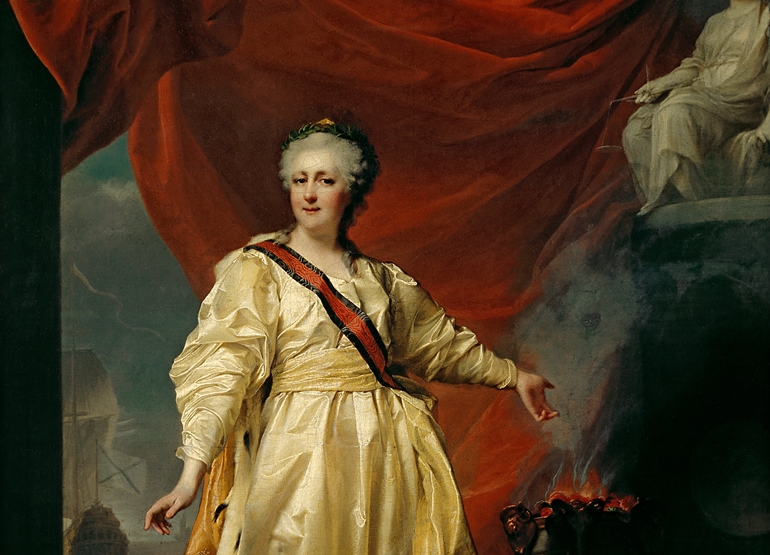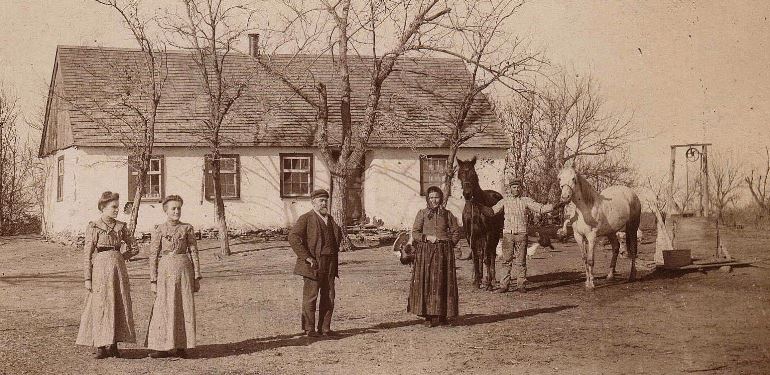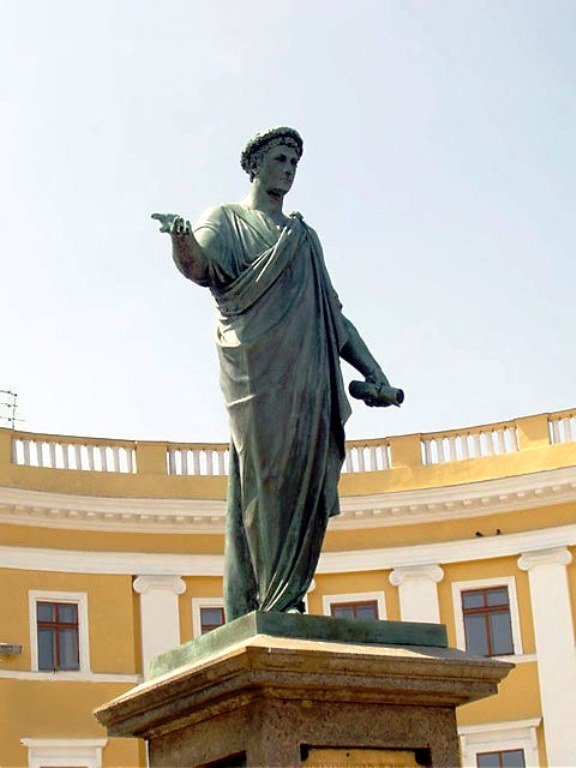Svetlana Smetanina
255 years ago, on August 3 (July 22 in the Julian calendar) 1763 the Russian Empress Catherine the Great signed a manifest permitting foreigners to settle in Russia. First hundreds, then thousands, followed by hundreds of thousands foreigners found a home and a more successful life in the territory of the Russian Empire.
It is understood that Catherine II wasn’t the first Russian ruler to open the so-called window to Europe. Small as they were, windows to Europe opened even before Peter the Great’s time. “Foreigners were invited to serve the state of Russia before, as early as in the 16th century, though they were mostly military at the time”, says Victor Zakharov, doctor of history, deputy director for the Russian History Institute at RAS.
A wider window opened at Peter the Great’s time. The state that rushed into the new epoch needed professionals, first of all engineers, sailors, ship-builders, managers.
Russia invites colonists
It was Catherine II who opened the doors to Europeans wide by signing the 22 July 1763 manifest “On permitting all foreigners arriving in Russia to settle in any region of their choice and on their rights and benefits”.
D.G. Levitsky. Catherine 2 as a legislator in the House of Justice, 1783
The level of those rights an benefits was obvious from the first lines of the document: “Among those foreigners who wish to settle in Russia some may not have enough income to provide for the journey. Such people may apply to our ministers and residents and the later shall provide them with travel expenses and send them to Russia with our full support”.
Why was the need for human resources so severe that the Crown was willing to cover foreigners’ travel expenses? It was the time of Catherine II when the Russian Empire started adding new lands, first annexing Pryazovia, then the Northern Black Sea and the Crimea. Meanwhile the annexed lands and the fertile land of Povolzhie were sparsely populated. “The situation in Europe was exactly the opposite. It is common knowledge that there was no united state of Germany, there were independent provinces. Land was not enough for everyone. So, the vast scarcely populated lands of Russia became the New World for many Europeans, the Germans in particular, like America did for the English and the Irish”, says Victor Zakharov.
Five million Russian Germans
Streams of foreigners flew to Russia in search of the Promised Land and a better life. It has to be said that that most of them did find a much better life than that at home. To make adjusting to the new life for the foreigners as easy as possible a new ministry was created, the Chancellery of Foreign Emigrants’ Guardianship headed by Catherine’s minion Grogory Orlov.
The rights and benefits granted to the new residents of the Russian Empire were truly unheard-of. Apart from the travel expenses those people were given the right to choose the place of residence. They were also granted a total freedom of religion, their own local authorities, abolition of military service, a 5 year tax relief for city dwellers and 30 year tax relief for settlers in undeveloped lands. They were even given zero-interest loans to help them start a household. In this respect the life of Russian settlers was much easier than that of the American colonists.
German colonists in Russia. Photo: nashmelitopol.com
Naturally such a freedom was totally different from the fate of the local peasants, who were bound more and more by the serfdom law. One can’t help but wonder what would have happened to Russia, had Catherine 2 been that wise and kind towards her own people and not just foreigners.
“Due to the freedom of religion granted in Russia, a lot of Protestants from different German lands came to live here avoiding prosecution at home”, says Victor Zakharov. They were the ones who inhabited Povolzhie creating German villages, for instance in Saratov region. German settlers became an inseparable part of Russian society and had long been the biggest national community here. “According to 1979 census around five million Germans lived in the Soviet Union”, says Victor Zakharov.
Golden age of Odessa and New Serbia
Though, not only Germans came to live in Russia. About the same time the French revolution broke out causing the aristocracy to flee as far as they could. Then the Russian Empire with the possibilities it provided for entrepreneurs from the West seemed a perfect place to go.
One of the best-known people to contribute to the development of the Russian state was a French Armand-Emmanuel du Plessis, Duc de Richelieu, the great-great grandnephew of the famous cardinal Richelieu.
He came to Russia during Catherine’s rule, joined the army and participated in capture of Izmail. However, his career developed later when Alexander 1 appointed him the mayor of Odessa and later the governor of Novorossiisk region. It was for the Duc de Richelieu that Odessa turned into the main Russian port at the Black Sea and a civil city. Duc de Richelieu not only acquired the right of duty-free trade for Odessa but also the right to open a school and a commercial college. Besides, during his rule there opened an Institute for Noble Maidens and a theater started to be built.
Memorial to Duc de Richelieu in Odessa. Photo:P.Vlasenko/ wikipedia.org
The territory called Novorossia at the time was extensively inhabited by the Serbs, who had come there during Elizabeth’s rule. The Serbs, who were serving the Austrian Crown felt uncomfortable in the Catholic environment, asked Elizabeth’s permission to settle in Russia. In response to their request the empress ordered: “No matter how many Serbian people wish to move to the Russian Empire, they should all be accepted to serve the state as brothers in faith”. That is how New Serbia appeared in Novorossia, whose dwellers were supposed to guard the borders of the Russian Empire.
During Russian-Turkish War of 1768–1774 Catherine 2 invited Christians living in the Osman Empire, the Armenians, Greeks, Bulgarians to move to Russia. A lot of them happily accepted the offer and settled in the Azov region, Taganrog and Kerch.
The contribution of the foreigners who moved to Russia is hard to overestimate. The Germans grew wheat, linen and other crops, while the people produced flour, butter, leather, cloths, made agricultural instruments. And most importantly, though they didn’t forget their roots, they believed Russia to be their home, the country they didn’t just swear fealty, but also served faithfully and loyally.










